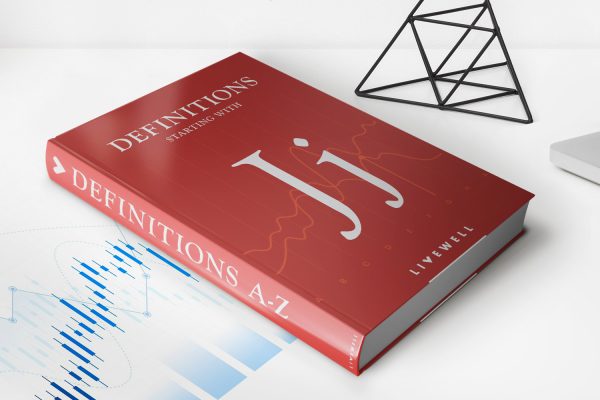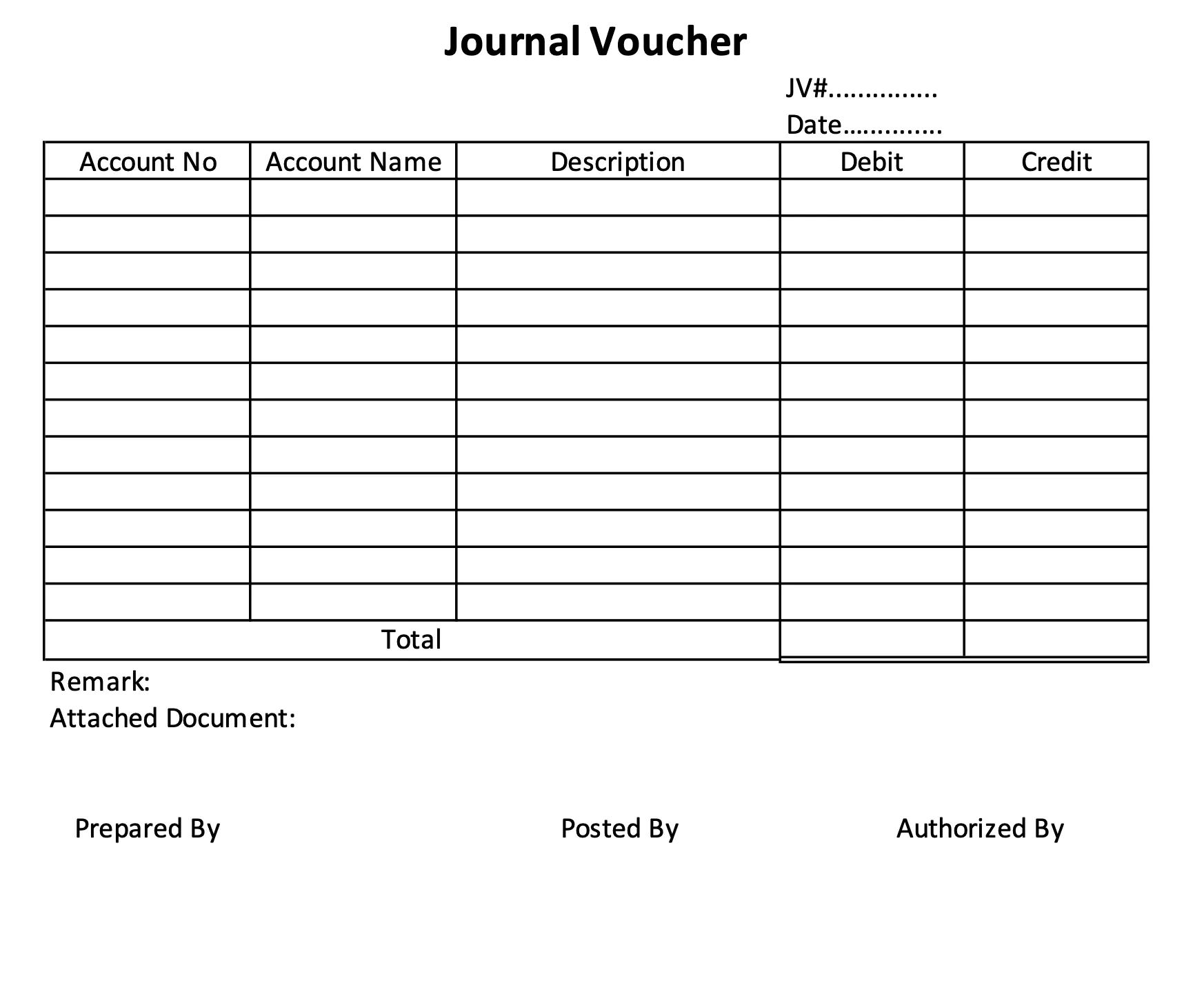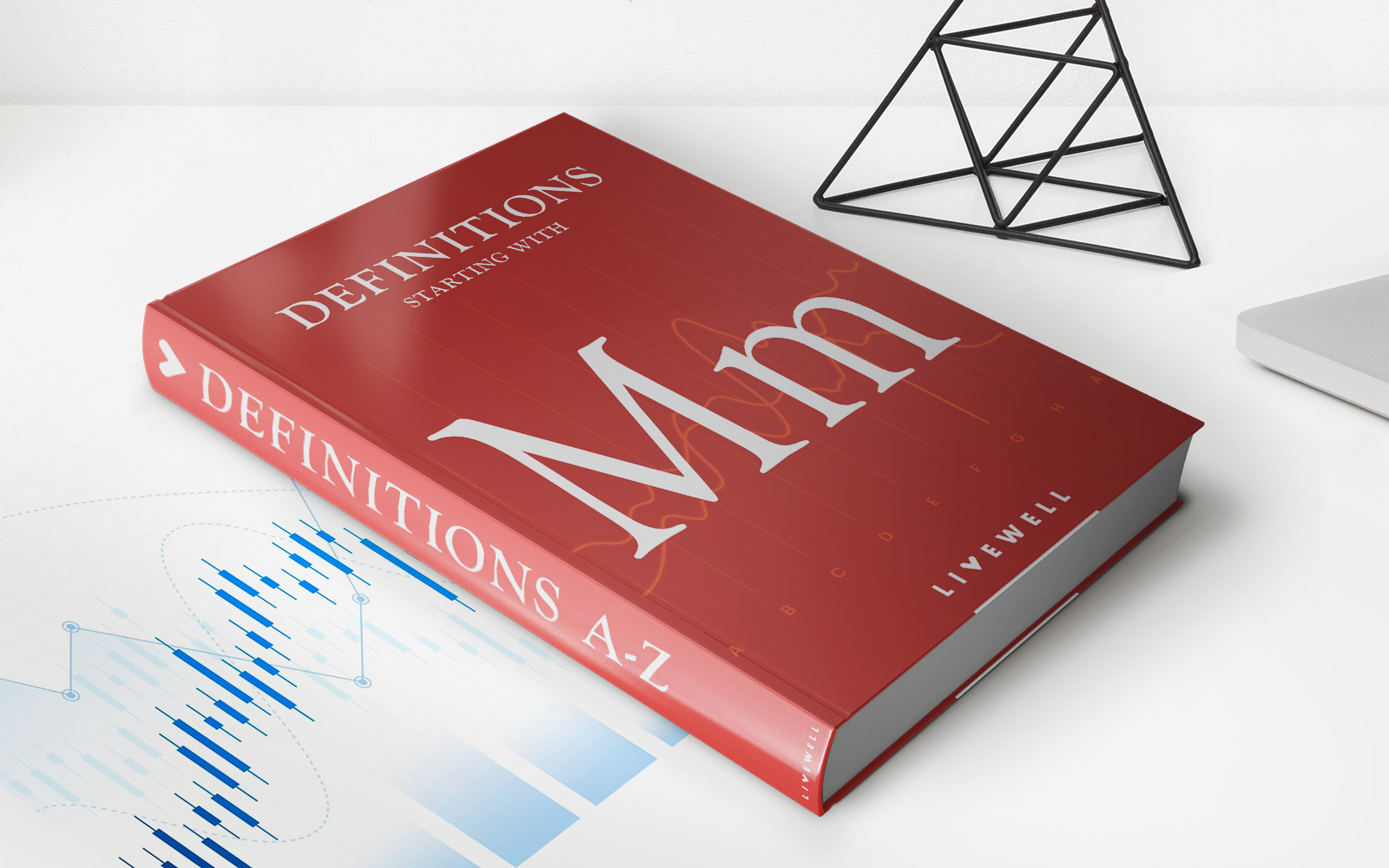

Finance
How Often Is Car Insurance Paid?
Published: November 6, 2023
Car insurance payments explained. Learn how often you need to pay for your car insurance and manage your finances effectively.
(Many of the links in this article redirect to a specific reviewed product. Your purchase of these products through affiliate links helps to generate commission for LiveWell, at no extra cost. Learn more)
Table of Contents
Introduction
Car insurance is a critical component of vehicle ownership, providing financial protection in the event of accidents, theft, or other damages. When it comes to paying for car insurance, there are various options to consider. One of the key decisions to make is the frequency of payment. How often should car insurance be paid? This article aims to shed light on the different payment frequencies available and the benefits associated with each option.
Car insurance can typically be paid on a monthly, quarterly, bi-annual, or annual basis. The payment frequency you choose will depend on various factors, including your financial situation, budgeting preferences, and personal convenience. Each payment frequency has its own advantages and considerations, so it’s essential to understand the options available before making a decision.
Driving a car is a significant responsibility, and accidents or incidents can happen at any time. Having car insurance ensures that you are financially protected and can cover the costs of repairs or damages. It also provides liability coverage in case you cause harm to others while on the road. By understanding the different payment options, you can make an informed decision that suits your needs and ensures continuous coverage.
Next, we will explore the various payment frequencies available for car insurance and discuss the advantages and considerations associated with each option. Whether you prefer a more frequent payment schedule for better budgeting or the convenience of an annual lump-sum payment, there is a payment frequency that can align with your preferences and financial goals.
Monthly Payment Frequency
For many people, paying their car insurance on a monthly basis is the most convenient option. Monthly payments allow for easier budgeting and can be more manageable for those who prefer to spread out their expenses. With monthly payments, you have the flexibility to pay a fixed amount each month, making it easier to incorporate insurance costs into your regular monthly budget.
Additionally, monthly payments can help to alleviate the burden of paying a large lump sum upfront. This can be particularly beneficial for individuals who may not have significant savings to cover the entire annual premium in one go.
Another advantage of monthly payments is the potential for greater flexibility. If you opt for monthly payments, you have the opportunity to reassess your insurance needs and switch providers more frequently than if you were locked into a longer-term agreement. This can be advantageous if you want to take advantage of better rates or coverage options that may become available throughout the year.
However, it’s important to note that monthly payments often come with additional administrative fees or installment charges. These fees, added up over time, can result in paying slightly more for your insurance compared to other payment frequencies. Additionally, missing a monthly payment can lead to policy cancellation or payment penalties, so it’s crucial to stay on top of your payment schedule.
In summary, the monthly payment frequency offers flexibility and ease of budgeting, allowing you to spread the cost of insurance over the course of the year. This option is ideal for individuals who prefer more frequent payments and don’t want to commit to a long-term payment plan. Keep in mind the potential additional fees and the importance of staying on top of your payments to avoid any disruptions in your coverage.
Quarterly Payment Frequency
For those who prefer a middle ground between monthly and annual payments, the quarterly payment frequency may be an attractive option. With quarterly payments, insurance premiums are divided into four equal installments, each payable every three months. This payment frequency offers a balance between the convenience of monthly payments and the reduced administrative fees associated with annual payments.
One of the main advantages of quarterly payments is the opportunity to have more control over your insurance expenses. Unlike monthly payments, which can fluctuate based on factors like administrative fees or installment charges, quarterly payments provide a more consistent and predictable payment schedule. This can make it easier to budget your insurance costs while still offering some flexibility compared to an annual payment plan.
Another benefit of quarterly payments is the reduced administrative fees relative to monthly payments. Since you’re making fewer payments throughout the year, insurance providers may charge lower fees or installment charges compared to the monthly payment frequency. This can result in some cost savings over time.
However, it’s important to consider the potential drawbacks of quarterly payments. Unlike monthly payments, which provide more frequent opportunities to reassess your insurance needs and switch providers, quarterly payments lock you into a three-month payment cycle. This means you may have fewer opportunities to make changes to your coverage or take advantage of new offers that may arise during the year.
Overall, quarterly payments strike a balance between the flexibility of monthly payments and the stability of an annual payment plan. This option is ideal for individuals who prefer a more consistent and predictable payment schedule while still maintaining some flexibility. Keep in mind the potential cost savings compared to monthly payments and evaluate whether the reduced administrative fees outweigh the limited opportunities for policy adjustments before selecting this payment frequency.
Bi-Annual Payment Frequency
For individuals who want to reduce the frequency of making insurance payments while still maintaining some flexibility, the bi-annual payment frequency can be a viable option. With bi-annual payments, you make two payments per year, typically every six months. This payment frequency strikes a balance between the convenience of monthly or quarterly payments and the reduced administrative fees associated with annual payments.
One of the significant advantages of bi-annual payments is the reduced administrative fees compared to more frequent payment frequencies. Since you’re making only two payments per year, insurance providers may charge lower fees or installment charges compared to monthly or quarterly payment plans. This can lead to potential cost savings over time.
Another benefit of bi-annual payments is the extended period of coverage. By making larger payments every six months, you can enjoy continuous insurance coverage without the need to worry about monthly or quarterly payment due dates. This can be particularly advantageous for individuals who prefer to streamline their expenses and reduce the number of bills they have to manage throughout the year.
However, it’s important to consider the potential drawbacks of bi-annual payments. Since you’re making payments less frequently, you have fewer opportunities to reassess your insurance needs or take advantage of new offers from different providers. Additionally, bi-annual payments require a larger upfront payment compared to monthly or quarterly payment frequencies, so it’s important to ensure you have the necessary funds available when the payment is due.
In summary, the bi-annual payment frequency offers reduced administrative fees and a longer period of coverage compared to more frequent payment options. This choice is ideal for individuals who want to reduce the frequency of insurance payments while still maintaining some flexibility in their coverage. Consider the potential cost savings and the larger upfront payment required before opting for this payment frequency.
Annual Payment Frequency
For individuals who prefer the simplicity and cost savings of a lump-sum payment, the annual payment frequency is worth considering. With an annual payment, you pay your car insurance premium in full for the entire year at the beginning of your policy term. This payment frequency offers several advantages for those who are financially prepared and want to minimize administrative fees.
One of the main benefits of an annual payment is the potential for significant cost savings. Insurance providers often offer discounts or incentives for policyholders who choose to pay their premium in a single annual payment. This can result in lower overall insurance costs compared to more frequent payment options like monthly or quarterly. Additionally, paying annually reduces administrative fees and avoids any potential interest charges that may be associated with installment plans.
Another advantage of annual payments is the convenience and peace of mind that comes from having your car insurance paid for the entire year. Once you make the payment, you don’t have to worry about monthly or quarterly due dates or the risk of missed payments leading to policy cancellations. An annual payment allows you to focus on other aspects of your life without the regular reminder of insurance bills.
However, it’s important to consider the potential drawbacks of annual payments. The most significant consideration is the upfront financial commitment required to pay for an entire year’s coverage. This may not be feasible for individuals who prefer to spread out their expenses or who don’t have a lump sum readily available.
Additionally, paying annually may limit your ability to reassess your insurance needs or take advantage of potential cost savings or coverage enhancements throughout the year. Once you’ve made your payment, you’re locked into that policy for the duration of the year with limited opportunities for changes.
In summary, the annual payment frequency offers the simplicity of a lump-sum payment and the potential for significant cost savings. This option is ideal for individuals who have the financial means to pay their car insurance premium upfront and want to enjoy continuous coverage without the hassle of frequent payments. Consider the potential cost savings, the larger upfront payment required, and the limited opportunities for policy adjustments before selecting this payment frequency.
Benefits of Different Payment Frequencies
Choosing the right payment frequency for your car insurance is a decision that should be based on your personal preferences, financial situation, and convenience. Each payment frequency option comes with its own set of benefits, which we will discuss below:
1. Monthly Payments:
- Convenient and more manageable for budgeting
- Flexibility to spread out insurance costs evenly throughout the year
- Opportunity to reassess coverage needs and switch providers more frequently
2. Quarterly Payments:
- A balance between the convenience of monthly payments and the reduced administrative fees associated with annual payments
- More consistent and predictable payment schedule compared to monthly payments
- Potential cost savings due to lower administrative fees relative to monthly payments
3. Bi-annual Payments:
- Reduced administrative fees compared to more frequent payment frequencies
- Extended period of coverage with fewer payment due dates to manage
- Potential cost savings over time due to lower administrative fees
4. Annual Payments:
- Potential for significant cost savings through discounts or incentives offered by insurance providers
- Simplicity of a lump-sum payment and peace of mind with coverage for the entire year
- Avoidance of monthly or quarterly due dates and the risk of missed payments
Ultimately, the benefits of each payment frequency option depend on your individual needs and circumstances. Consider factors such as budgeting preferences, financial stability, flexibility, and the potential cost savings associated with each option. It’s important to select a payment frequency that aligns with your financial goals and ensures continuous coverage without causing any financial strain.
Factors to Consider When Choosing a Payment Frequency
When deciding on the payment frequency for your car insurance, it’s essential to consider several factors to ensure you make the right choice for your specific needs. Here are some key factors to consider:
1. Financial Situation:
Assess your financial situation and determine how much you can comfortably allocate towards car insurance payments. If you have the financial means to make a lump-sum payment, annual payments may offer cost savings. However, if your budget is tight, monthly payments might be more manageable.
2. Budgeting Preferences:
Consider your budgeting preferences and whether you prefer to spread out expenses evenly throughout the year or handle larger payments less frequently. Monthly payments allow for easier budgeting, while annual payments provide a single upfront payment.
3. Flexibility:
If you prefer flexibility in terms of reassessing your insurance needs or switching providers, monthly or quarterly payments may be more suitable. These payment frequencies provide more opportunities to adjust your coverage or take advantage of better rates or coverage options.
4. Administrative Fees:
Be aware of any administrative fees or installment charges associated with different payment frequencies. Annual or bi-annual payments often come with reduced administrative fees, while monthly payments may have additional fees. Compare the fees across different payment options to determine the most cost-effective choice.
5. Coverage Adjustments:
Consider how frequently you may need to make changes to your coverage. If you anticipate the need for adjustments throughout the year, monthly or quarterly payments allow for more flexibility. However, if you prefer a set-it-and-forget-it approach, annual or bi-annual payments offer less frequent interruptions.
6. Discounts and Incentives:
Check with insurance providers to see if they offer any discounts or incentives for particular payment frequencies. Sometimes, insurance companies provide lower rates for annual payments, which can lead to significant cost savings over time. Take advantage of any available discounts to minimize insurance expenses.
By considering these factors, you can make an informed decision and choose the payment frequency that best suits your financial situation, budgeting preferences, and flexibility needs.
Conclusion
Choosing the right payment frequency for your car insurance is an important decision that can impact your budgeting, financial stability, and overall convenience. It’s crucial to weigh the pros and cons of each payment frequency option before making a choice.
Monthly payments offer flexibility and ease of budgeting, allowing you to spread the cost of insurance evenly throughout the year. Quarterly payments strike a balance between convenience and reduced administrative fees. Bi-annual payments provide cost savings and an extended period of coverage. Annual payments offer significant discounts and the simplicity of a lump-sum payment.
When considering the payment frequency, factors such as your financial situation, budgeting preferences, flexibility needs, administrative fees, coverage adjustments, and discounts or incentives should be taken into account.
Ultimately, the best payment frequency for your car insurance depends on your specific circumstances and preferences. Choose a payment frequency that aligns with your budgeting goals, financial stability, and convenience. Remember to review your options periodically to ensure you are still getting the best value for your coverage.
By carefully considering these factors and weighing the benefits and considerations, you can make an informed decision and select a payment frequency that not only suits your financial needs but also provides you with the peace of mind and coverage protection you seek.














